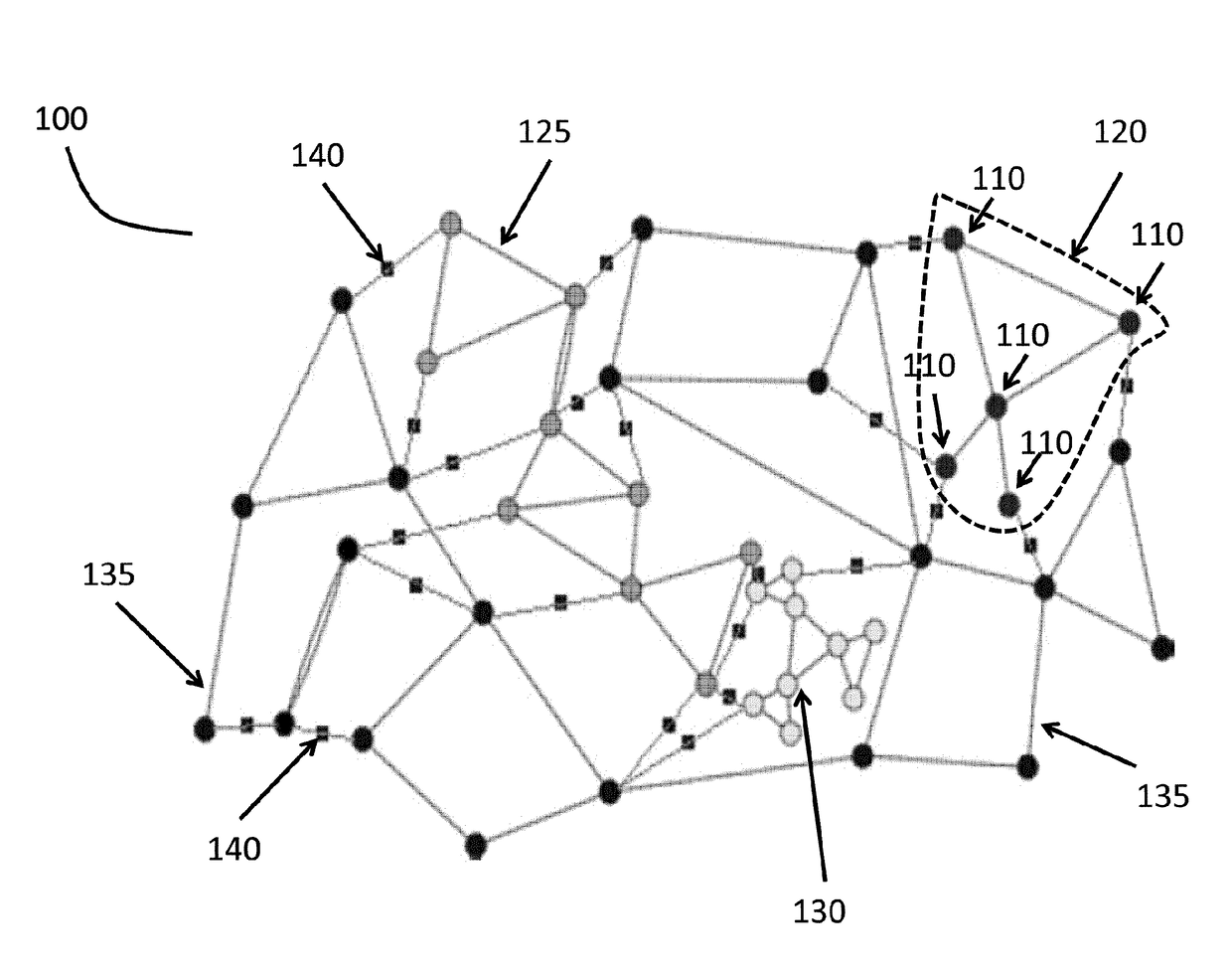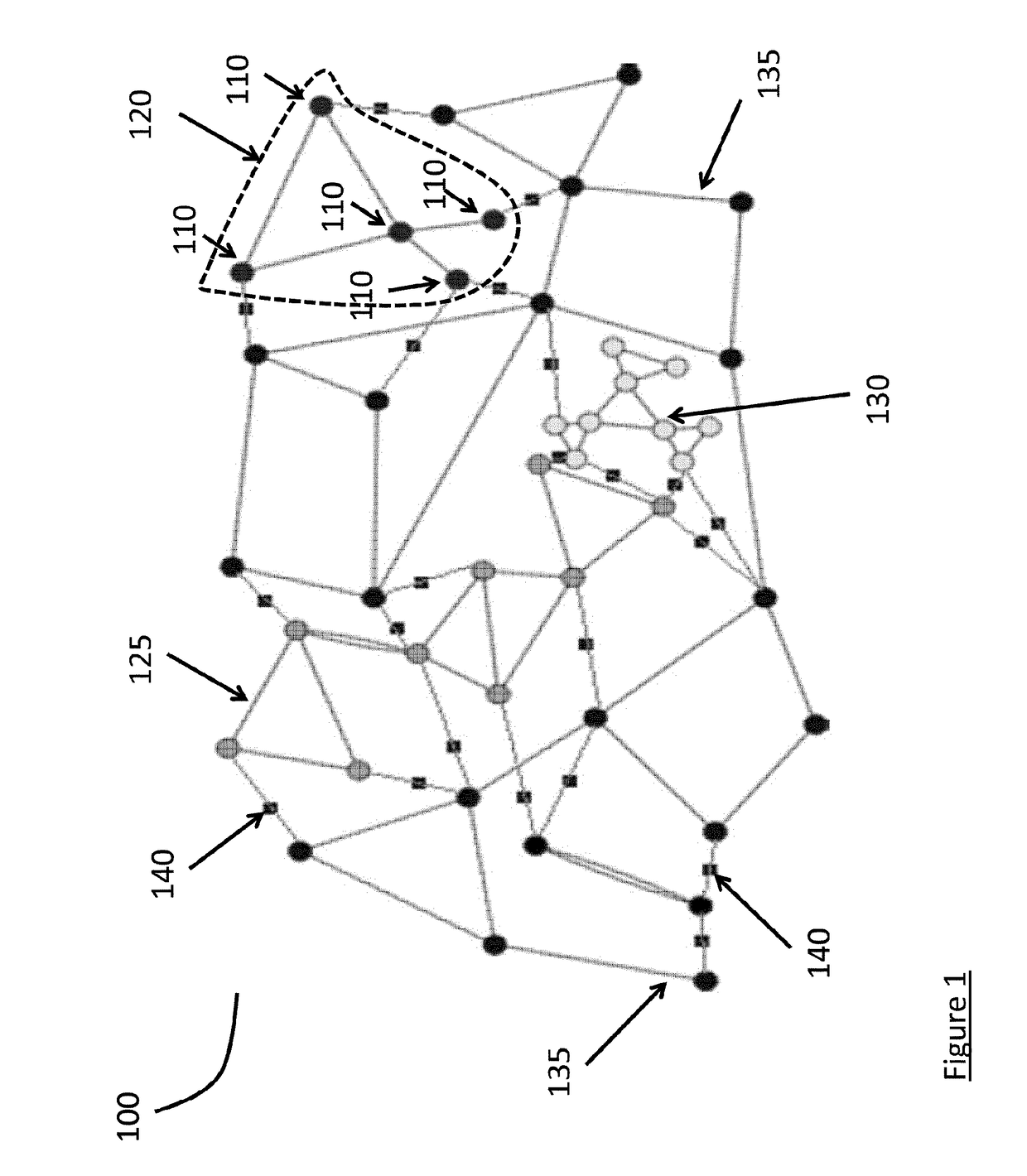System and method for sensor positioning and vehicle tracking using lpr based spatial constraints
a technology of spatial constraints and sensor positioning, applied in the field of tracking objects, can solve the problems of not all streets may be equipped with lprs, expensive cameras and lprs, etc., and achieve the effect of improving coverag
- Summary
- Abstract
- Description
- Claims
- Application Information
AI Technical Summary
Benefits of technology
Problems solved by technology
Method used
Image
Examples
Embodiment Construction
[0012]In the following detailed description, numerous specific details are set forth in order to provide a thorough understanding of the invention. However, it will be understood by those skilled in the art that the present invention may be practiced without these specific details. In other instances, well-known methods, procedures, and components have not been described in detail so as not to obscure the present invention.
[0013]An incident may occur involving an object, or vehicle, within a geographic region. Sensors can be located around and throughout a geographic region. The geographic region can be divided into sub-regions, or sub-zones, based on a map of the region, the location of the sensors, a combination of both or another method. A vehicle may transition among sub-zones by egress from a sub-zone where an incident occurred and ingress to another sub-zone, or by departing the geographic region. When a vehicle transitions among sub-zones sensors detect the vehicle and its tr...
PUM
 Login to View More
Login to View More Abstract
Description
Claims
Application Information
 Login to View More
Login to View More - R&D
- Intellectual Property
- Life Sciences
- Materials
- Tech Scout
- Unparalleled Data Quality
- Higher Quality Content
- 60% Fewer Hallucinations
Browse by: Latest US Patents, China's latest patents, Technical Efficacy Thesaurus, Application Domain, Technology Topic, Popular Technical Reports.
© 2025 PatSnap. All rights reserved.Legal|Privacy policy|Modern Slavery Act Transparency Statement|Sitemap|About US| Contact US: help@patsnap.com



